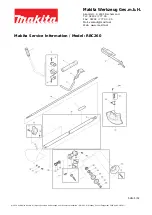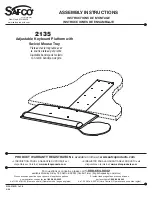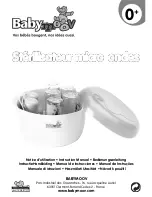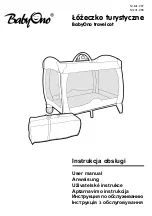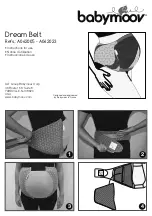
o
EyeGrabber FP7000 (Cat. No. 4057) -
Attaches to any standard Flex or Ball
& Joint arm and enables safely securing any of the FP7100 lens accessories
mentioned above once they are removed from the housing’s lens port.
Lighting Sets:
Since water tends to absorb color and light, the deeper you go, the darker and bluer
your images will turn out to be. Because long wave light is absorbed first, in
shallower depths you lose the red and the orange colors, and in deeper water, you
might even lose the yellow and green colors (see diagram). This explains why a fish
that appears so colorful in a Fish Guide Book might look as if it was totally blue in
your images. How can you solve this? By using an artificial light source that retrieves
the colors and light to your images.
Underwater Flashes & Strobes professionally improve the color in your underwater
photographs. Since light and color are absorbed even in a depth of 1 meter, using an
external flash is recommended in all depths, during daylight and night dives.
In addition to retrieving the colors, underwater flashes also enhance images by
producing creative light angles on your objects, assist in reducing the amount of
backscatter in your images and prevent the shadowing effect caused by using the
camera's internal flash when accessory lenses are mounted on the housing.
Slave strobes are popular flash units to be used with compact digital housings. These
slave units trigger in sync with the digital camera’s internal flash and synchronize by a
slave sensor built in the strobe body.
For a selection of flashes, strobes and lighting sets compatible with this housing,
please visit the fantasea website at
www.fantasea.com
8.
What should I take into consideration when shooting videos with the FP7100?
In wider compositions and especially in greater depths, such as when capturing videos of
coral reefs, wrecks, group of divers, etc. – even the most powerful video light won’t be able
to completely retrieve all colors to the frame, including the water background and distant
objects. This is where the red filter can become very handy in addition to the video light. It
will simply shift the whole range of colors to be warmer, and then even objects that are too
distant to be lit by a video light will look less bluish and more natural. Depending on the
output of your video light, if you make use of one, visibility conditions, ambient light
available, the depth you’re diving in and the distance of the objects from your lens, once
mounting the red filter on the housing’s lens port, you might consider perfecting the colors
by using the camera’s white balance function. This will enable you to reach the exact proper
colors rather than estimated ones. In most situations, you will find it useful to use the Kelvin
color temperature scale for this purpose, setting the Kelvin degree value on something
between 6,000-10,000, depending on the conditions of course.
9.
What should I consider when mounting color correction filters on the FP7100?
o
Note that exposure and white balance settings might require adjustments once a
RedEye filter is installed on the housing lens port.







